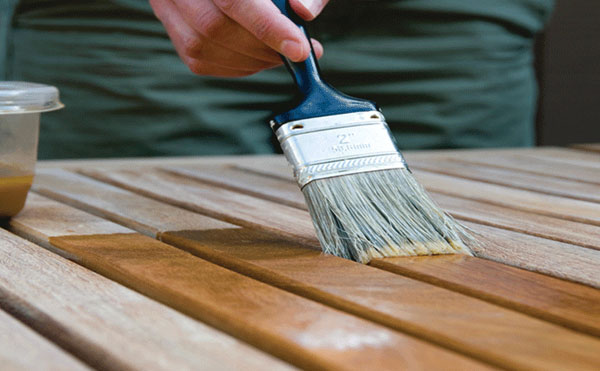 Shankar Rampalli and Liza D’souza from MarketsandMarkets throw the spotlight on the growing market for wood coatings
Shankar Rampalli and Liza D’souza from MarketsandMarkets throw the spotlight on the growing market for wood coatings
Urbanization has driven the increasing need for improved aesthetic appeal of furniture and other wooden products, making wood coating a very important part of the woodworking industry. The use of wood coating dates back to 600 years when bee-wax, gelatin, or oil were used as furniture finishes; from then on, the wood finishing industry has evolved as a result of new product developments, cost-effective manufacturing processes, and awareness of the benefits of wood coating. Lack of a coating would expose the wooden substrate to moisture, mechanical abrasion, exposure to chemicals, UV rays, and other factors, causing it to deteriorate. Hence, the application of wood coating ensures maximum durability of the product.
The market for wood coating
– according to a study conducted by MarketsandMarkets, titled ‘Wood Coating Market – Trends & Forecast to 2020’ – is segregated on the basis of types, into stains and varnishes, shellacs, wood preservatives, and water repellents. This market is also segmented on the basis of end-user applications (furniture, cabinets, sidings, floors, and decks). The study covers the market demand in terms of value and volume of wood coating, in major regions and countries. Shankar Rampalli and Liza
D’souza, Analysts in Packaging, Construction and Mining domain
at MarketsandMarkets throw the spotlight on the growing market for wood coatings.
Regional Analysis: Asia- Pacific Projected to Grow at the Highest Rate
The Asia-Pacific region accounted for 57 percent of the wood coating market in 2014. Factors such as the increasing rate of industrialization in China, Japan, and India, along with increasing population
and awareness regarding the benefits of wood coating in these countries, are driving the growth
of the Asia-Pacific wood coating market. Asia-Pacific is also a leading producer and exporter
of wooden furniture. The rise in new construction projects, both commercial and residential, and repair and renovation activities would increase the demand for furniture and cabinets, which would thereby influence the wood coating market.
In the Asia-Pacific region,
wood coating is widely applied on furniture. In terms of value, stains and varnishes accounted for the largest market share, followed by wood preservatives. Increasing awareness regarding the impact of non-eco-friendly building materials on the environment, and sustainable construction is majorly driving the low-VOC wood coating market in countries such as China and Japan.
Malaysia is the tenth-largest furniture exporter in the world and it exports around 80 percent of its furniture produced, according to the Malaysian International Furniture Fair (MIFF) in 2015. Malaysia is known for its wooden furniture; the government of Malaysia has set
a target for the annual growth of the wooden furniture market to 6.5 percent. Foreign buyers of high-end products in furnishing often look for options from Malaysia. However, the Chinese and Vietnamese markets for furniture at a lower price pose a threat to the Malaysia market.
Mature markets comprise of leading players
Countries such as the U.S., Canada, the U.K., Germany, and France are considered to be mature markets with respect to wood coating consumption. Leading wood coating manufacturing companies such as The Sherwin- Williams Company (U.S.), The Dow Chemical Company (U.S.), Ashland Inc. (U.S.) and RPM International Inc. (U.S.), AkzoNobel N.V. (The Netherlands), BASF SE (Germany), Arkema SA (France), and Hempel A/S (Denmark) are all based in the European and North American regions.
The future of wood coating
in the European and American economies is strongly influenced by environmental regulations and increasing raw material prices. Companies in the European region and the U.S. are involved in collaborations to develop environment-friendly products. Radiation-cure coatings, which are water-borne coatings, are witnessing growing demand in Europe.
Government Regulations
Volatile Organic Compounds
(VOCs) are chemical compounds used in the manufacturing of
wood coatings. They dissolve
solids before application, and also soften and condition the substrate thereby improving the adhesion
of the coating. However, if these VOCs are used in excess, they
can cause several health issues
to human beings. Under certain conditions, they even create ground level ozone. Hence, governments of countries such as the U.S. and U.K. have drafted regulations for the minimal use of VOCs.
Government regulations regarding specified volatile organic compound (VOC) content in wood coatings has driven companies to engage in product developments. Also, the commercial usage of wood coating is checked by regulatory bodies so as to prevent or control any of its harmful impact on its immediate environment. Some of the regulatory authorities associated with wood coatings are the U.S. Environmental Protection Agency (EPA), the U.S. Green Building Council, Leadership in Energy & Environmental Design (LEED), Business and International Furniture Manufacturer’s Association (BIFMA), and the Kitchen Cabinet Manufacturer’s Association (KCMC).
Competitive landscape
The global market for wood coating is dominated by major players
of the coatings and chemical industry, such as AkzoNobel N.V. (Netherlands), The Sherwin- Williams Company (U.S.), The Valspar Corporation (U.S.), BASF SE (Germany), Nippon Paint Co. Ltd (Japan), RPM International Inc. (U.S.), The Dow Chemical Company (U.S.), Hempel A/S (Denmark), Ashland Inc. (U.S.), and Arkema SA (France).
Mergers and acquisitions formed the major strategy adopted by most of the players in the wood coating market. Companies such as The Valspar Corporation, AkzoNobel, Hempel A/S., and
The Sherwin-Williams Company were the key players that acquired newer companies to expand their business. The rising demand for wood coatings as well as high growth in emerging markets has encouraged major players to adopt this strategy. Companies are trying to enter new regions by merging with or acquiring new companies in emerging markets.
Apart from mergers and acquisitions, expansions and investments were adopted by companies, which accounted for 37 percent of the developments by the key wood coating companies. New product launches also formed an important part of the developments in the wood coating industry; the Sherwin-Williams Company added Deckscapes, a waterborne semi-transparent stain, which is an exterior wood coating. This coating provides UV protection and is long lasting.
Future Outlook
The growth of the market for wood coating is projected to be directly proportional to that of
the protective coating market. Increasing disposable income of people in developing countries, remodeling and renovation activities by households and corporates, and the changing preference of people toward sustainable coating products
are some of the drivers and opportunities factoring the growth of the wood coating market.
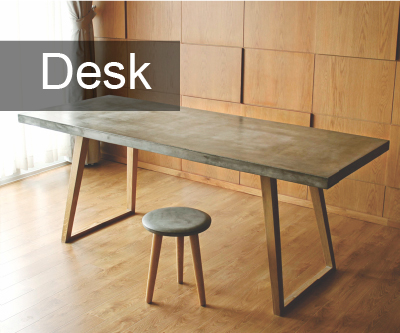

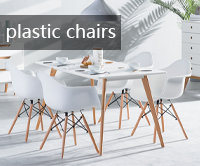

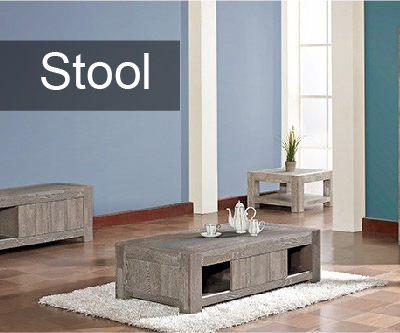


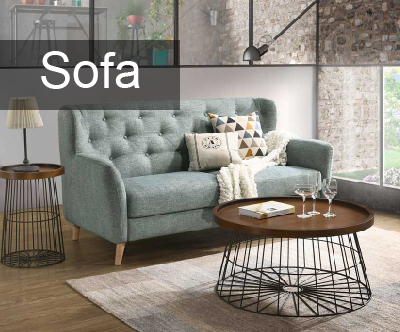
 Shankar Rampalli and Liza D’souza from MarketsandMarkets throw the spotlight on the growing market for wood coatings
Shankar Rampalli and Liza D’souza from MarketsandMarkets throw the spotlight on the growing market for wood coatings













 沪公网安备31010402003309号
沪公网安备31010402003309号